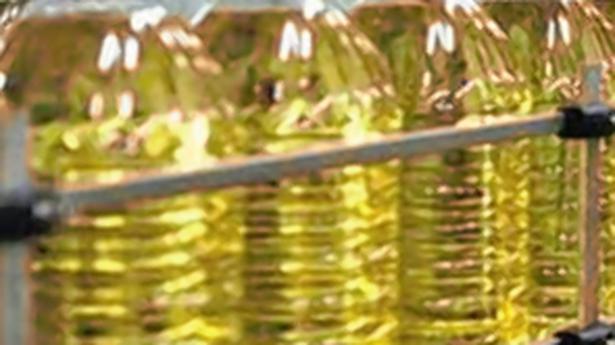At 7-month high, retail inflation shot past 6% in January
Rural India bore the brunt of the inflation spike as per official data, with the pace of price rise touching 6.12% from 5.36% in December
Rural India bore the brunt of the inflation spike as per official data, with the pace of price rise touching 6.12% from 5.36% in December
India’s retail inflation accelerated past the 6% mark in January 2022 to hit 6.01%, breaching the central bank’s tolerance threshold for consumer price inflation for the first time since June 2021. Retail inflation was 5.66% in December 2021.
Rural India bore the brunt of the inflation spike as per official data, with the pace of price rise touching 6.12% from 5.36% in December. Inflation in urban India was virtually unchanged at 5.91% in January, from 5.90% in December.
The Consumer Food Price Index saw a significant spike from 4.05% in December to 5.43% in January, with rural India seeing a sharper rise in food prices than urban areas.
The Reserve Bank of India Governor Shaktikanta Das had said earlier today that the inflation print is expected to be around 6% and should not concern or create any alarm, because the central bank has already taken that into consideration.
The momentum of inflation in India, he said, is on the downward slope since October 2021. “It’s primarily the statistical reasons, the base effect, which has led to higher inflation, especially in the third quarter (2021-22) and a similar base effect will play a role in the coming months,” Mr. Das said.
“Food inflation is high mainly due to the higher edible oils component, but the overall basket is below the headline number at 5.6%,” said Bank of Baroda chief economist Madan Sabnavis, adding that inflation is over 6% in most States and the highest in Haryana at 7.2%.
Clothing and footwear inflation accelerated to 8.84% in January from 8.3% in December, following the introduction of a higher GST rate on footwear products. A proposed GST hike on clothes from January 1 had been called off by the government after a GST Council meeting in late December.
Mr. Sabnavis said the main challenge thrown up by the January data are the high 6%-plus numbers in non-food segments like clothing, fuel and light, household goods, health, transport and communication and recreation.
“These prices are based on the maximum retail price principle and will not come down once increased, and manufacturers are expected to pass on higher input costs to consumers for the next two months too,” he said.
While retail inflation may slide back to the 5% range in February and March, the critical moment will be in March after the elections conclude as there can be a fresh round of increase in fuel prices, he emphasised.
Even if retail inflation peaks in the current quarter, ICRA chief economist Aditi Nayar said it may not moderate quickly.
“Our new base case is a change in the monetary policy stance in June 2022, followed by two repo rate hikes of 25 basis points each in August and October, guided by our view that inflation will not moderate appreciably in the first half of 2022-23,” she noted.
For all the latest business News Click Here

